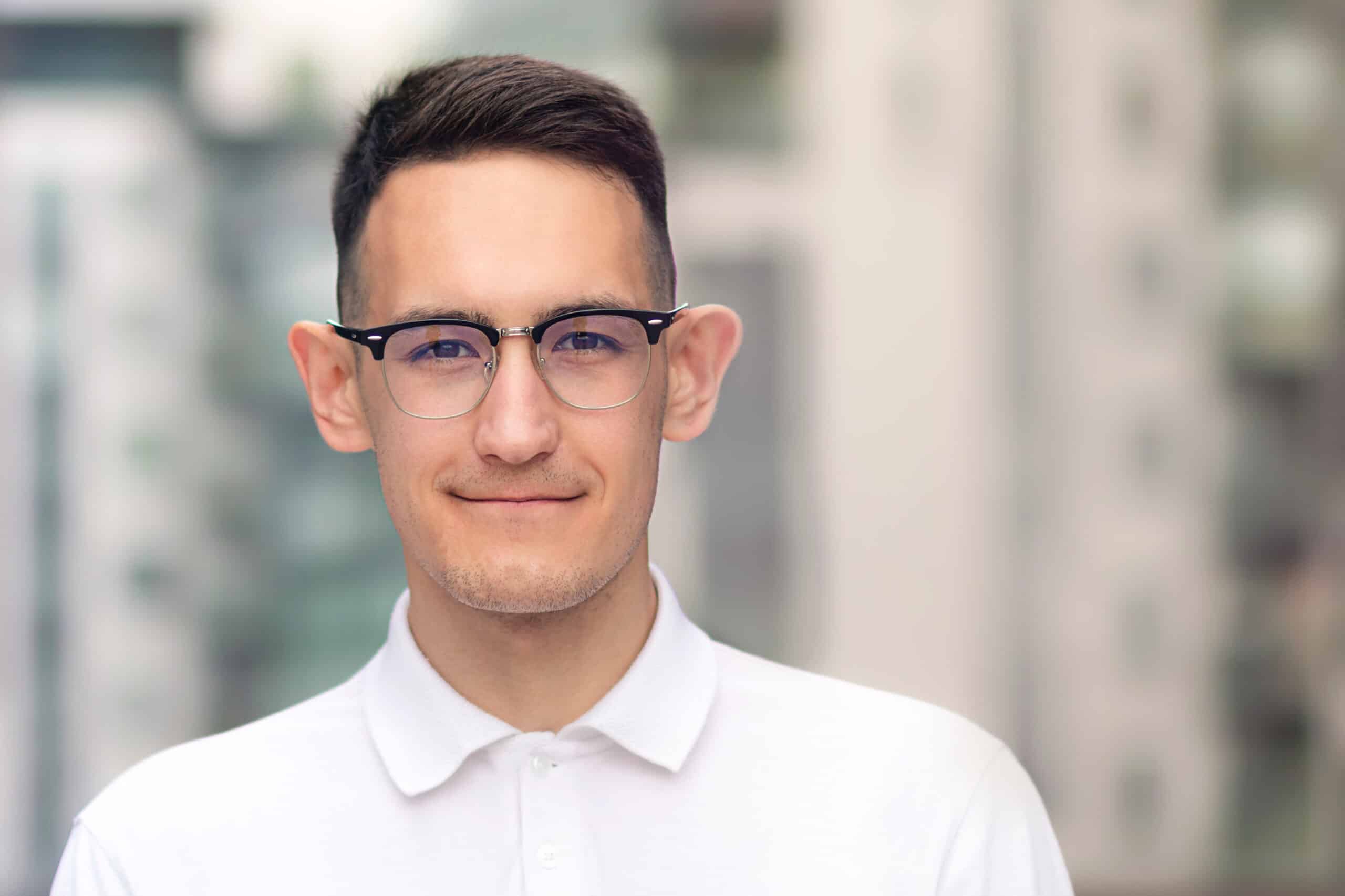Your Guide to Otoplasty

Are you bothered by the size and shape of your ears? Otoplasty is a popular type of cosmetic ear surgery that can address large or protruding ears for children, adults, and everyone in between. Here is everything you need to know if you are considering cosmetic ear surgery in Denver, CO.
What is Otoplasty?
Otoplasty, more commonly known as ear pinning surgery, is a common procedure for men and women of all ages who are bothered by large or protruding ears. Sometimes these protruding ears are called pixie ears, elf ears, devil’s ears, or Spock ears. This look is caused by certain parts of the ear being misshapen. Usually, this is an issue with the antihelical fold (the inward fold of the cartilage) or the conchal bowl at the opening of the ear.
Who is a Candidate for Otoplasty?
As with any cosmetic procedure, you should be in overall good health and have realistic expectations before otoplasty surgery. Unlike other plastic surgery procedures, otoplasty can be performed on patients as young as five years, as long as the ears are fully developed. For children with large ears, many parents may want their children to have ear surgery before they start school to prevent bullying and help them fit in.
The first step toward scheduling an ear surgery is to schedule a consultation with Dr. Cote and Dr. Picerno who can examine your ears and discuss your cosmetic concerns and goals to determine the best treatment for you. Incisionless otoplasty can be considered if you are not a surgical candidate. For newborns with congenital defects, ear molding is a great alternative to avoid surgery.
How is Otoplasty Performed?
Ears that protrude from the sides of the head can be “pinned” closer to the scalp by removing or resizing twisted or turned cartilage in the folds of your ears. It can be done under general or local anesthesia. Patients under the age of 12 are often put under general anesthesia but many adults tolerate the procedure well under local anesthesia, which keeps the patient awake. Different techniques are used for different types of ear deformities. These are the two most common techniques used by Dr. Cote:
Furnas Suture Technique
If you are treating a large conchal bowl, we often use the Furnas suture technique for more even closure at both the superficial and deeper levels. The concha is pulled closer to the head, reducing the projection of the ear. These vertical mattress sutures also relieve tension around the incision that can create a prominent scar.
Mustarde Suture Technique
A different type of technique called the Mustarde suture technique is typically used to correct a deformity in the antihelical fold. A long incision is made along the back of the ear and a strip of skin is removed from the antihelical fold. Horizontal mattress sutures are used to tighten the remaining skin and pull the ear closer to the head.
Otoplasty Recovery
Otoplasty has a high satisfaction rate and requires minimal downtime. Patients can often return to their normal activities after a few days, although swimming and contact sports should be avoided for three months. After this time, the ear will hold its shape permanently. The incision made during the surgical procedure is made behind the ear where the scar is virtually invisible. You can enjoy a more proportionate facial profile and smaller ears to help you feel more confident about your look.
Schedule a Consultation in Denver or Lone Tree
If you are considering otoplasty, we encourage you to schedule a consultation with board-certified facial plastic surgeons Dr. Cote and Dr. Picerno at FacesFirst Cosmetic Surgery. Our team is committed to personalized care and effective medical treatment. We look forward to meeting you and discussing your options to achieve your cosmetic goals.
Dr. Christopher Cote and Dr. Nicolette Picerno are board-certified facial plastic surgeons practicing in Denver and Lone Tree, Colorado. They have over 40 years of combined experience together in facial plastic surgery. Both Dr. Cote and Dr. Picerno specialize in procedures like Facelift, Browlift, Facial Rejuvenation, Nose Surgery, and many other types of cosmetic procedures at FacesFirst.




 Call Us
Call Us